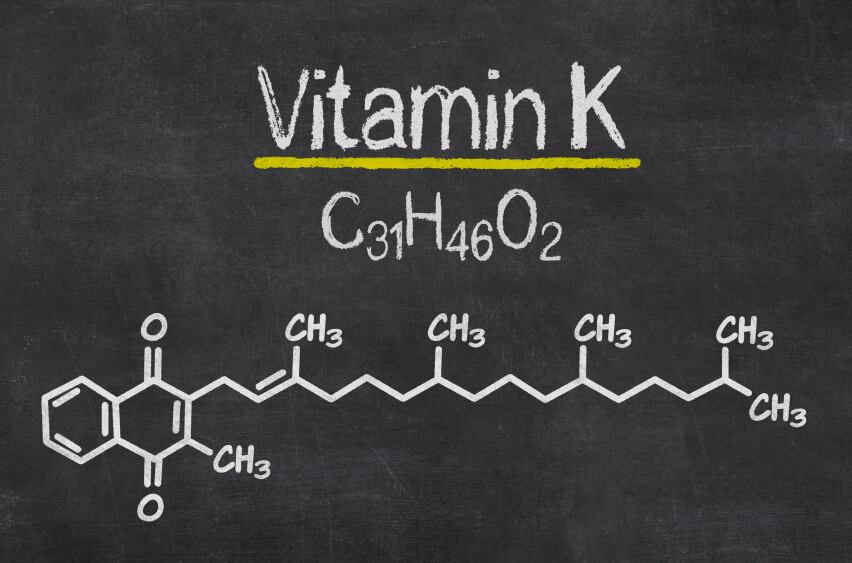Change in muscle cells
The study, published in the journal Arteriosclerosis, Thrombosis and Vascular Biology, postulates that aprocess within the smooth muscle cells that line the blood vessels is characteristic of the development of the condition. Aneurysms develop when the extracellular matrix of the blood vessel wall weakens, allowing the vessel to dilate and ultimately to rupture.
In addition, the authors said recent research has shown that calcification of the blood vessel wall is also associated with the development of aneurysms. Calcification is also a key part of the process whereby blood vessels accumulate harmful plaque deposits.
The change in these muscle cells is referred to as ‘phenotypic switching.’ Normal cells maintain a contractile function, but when the disease process starts, something else occurs.
“In pathological conditions they can dedifferentiate into a synthetic phenotype, whereby they secrete extracellular vesicles, proliferate, and migrate to repair injury,” the researchers wrote.
When the cells switch to this mode of activity, they no longer perform their original function of maintaining an intact and resilient blood vessel wall, the researchers wrote.
Vitamin K dependant proteins
In their review the authors found that healthy vascular muscle cells secrete vitamin K dependent proteins. Having enough of these proteins around has been shown to inhibit the accumulation of calcium, and they said it has been shown that metabolism of these proteins is inhibited when the blood vessel linings start to enter a pathological phase.
“[I]t is tempting to postulate that vitamin K deficiency plays a role in aneurysm formation. Vitamin K supplementation holds the potential to lower the risk of aortic aneurysms and improve cardiovascular outcome,” the researchers wrote. They also called for more research to more fully investigate the role of the vitamin in the development of aneurysms.
Paper highlights importance of K2
Chris Speed, senior vice president of marketing for Norwegian Vitamin K2 producer NattoPharma, said the review paper is a powerful endorsement of the health promoting properties of the menaquinone form of the vitamin.
Vitamin K1 (the phylloquinone form) has important health properties of its own. But when it comes to vascular health, K1 is of little use because the vitamin gets taken up and stored in the liver, where it has in important role in maintaining proper coagulation of the blood. Only Vitamin K2 actively circulates through the blood, where is can be available to the muscle cells for protein synthesis.
The review paper does discuss in one brief section this difference between Vitamin K1 and K2. But in the rest of the lengthy document, the substance is merely referred to as ‘Vitamin K.’
In Speed’s view, this is mostly because researchers dealing with the vitamin want to raise awareness of its importance across the board, rather than get bogged down in the particulars of the different form.
“A lot of researchers will conclude under the banner of ‘Vitamin K’ because they are tying to push awareness, and they are trying to get an RDI. But the differences between the forms are profound,” he said.
The review paper is the result of the Horizon 2020 grant awarded to NattoPharma’s International Research Network, coordinated by Queen Mary University of London. Other partners of the network are four highly ranked research university departments in Europe [University of Maastricht, University College Dublin (part of the national University of Ireland), Ludvig-Maximilians-Universität München, and Karolinska Institutet in Stockholm] and the independent life science medical research charity in the UK, the Medical Research Council Technology.
Source: Arteriosclerosis, Thrombosis and Vascular Biology
2019 Jul;39(7):1351-1368. doi: 10.1161/ATVBAHA.119.31278
Role of Vascular Smooth Muscle Cell Phenotypic Switching and Calcification in Aortic Aneurysm Formation.
Authors: Petsophonsakul P, et al.




